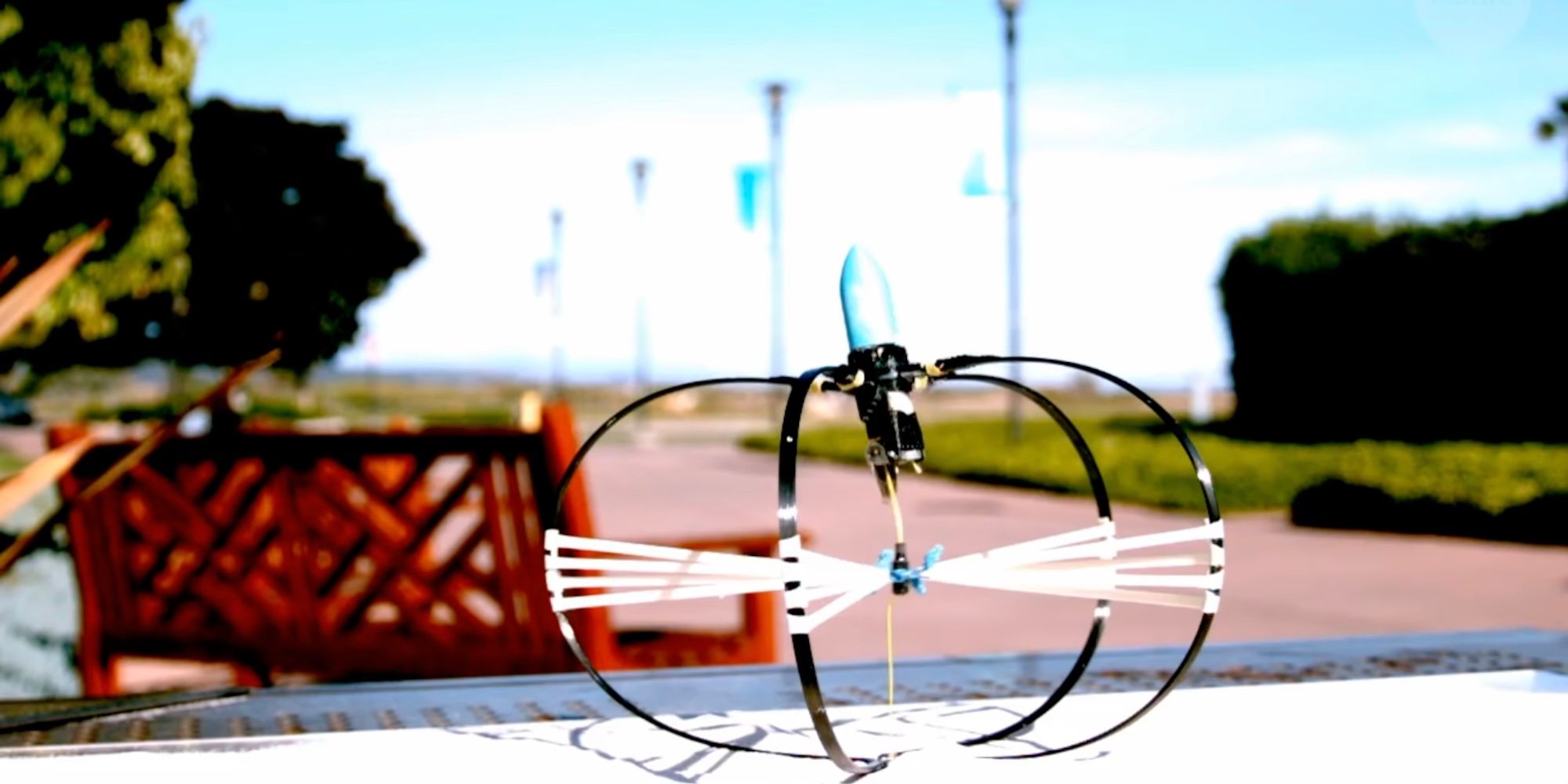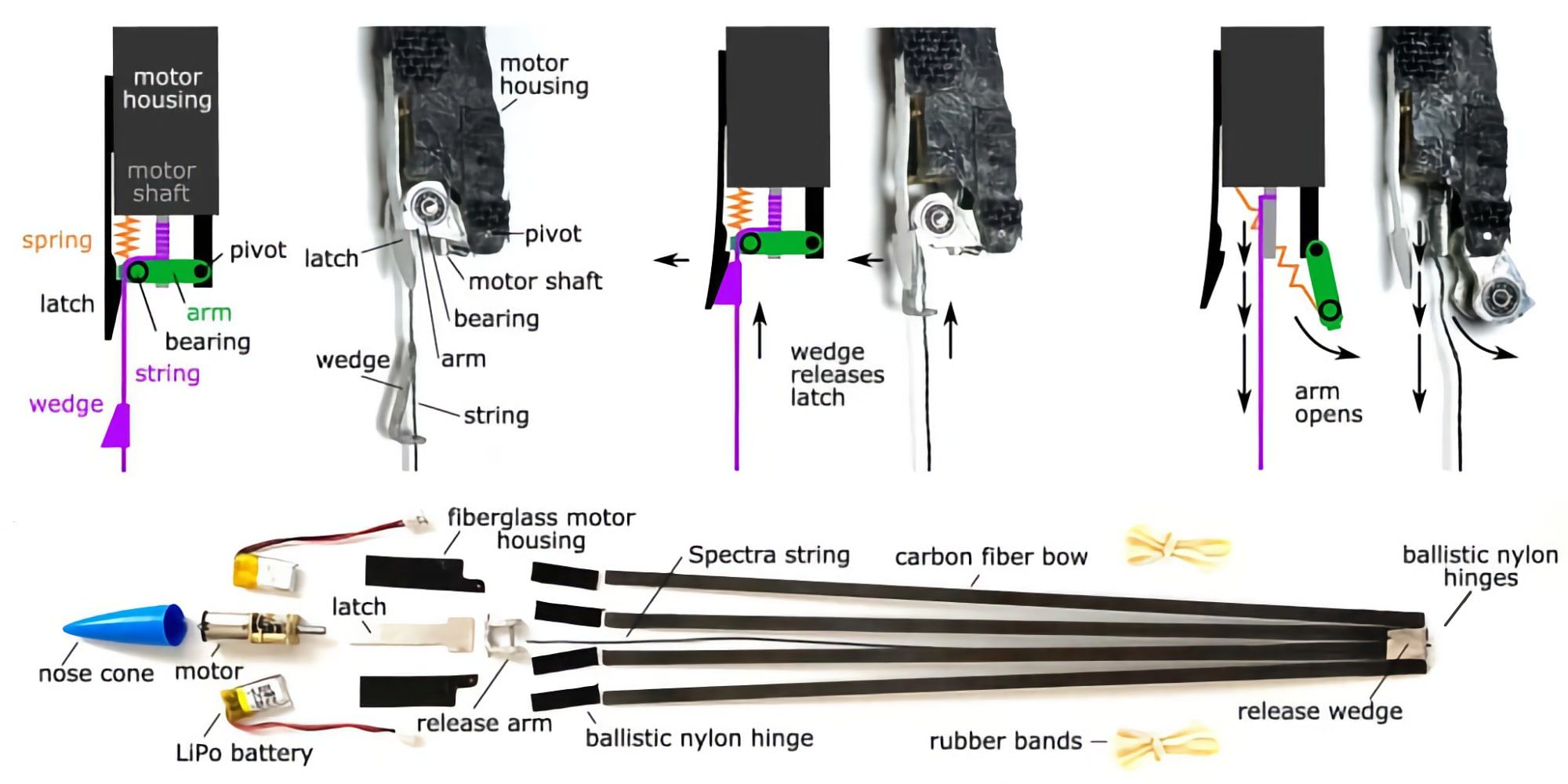Jumping robots have been around for a while, but a new design is the first to leap to an incredible height of over 100 feet. This is three times higher than the previous best high jumper, a robot designed by Boston Dynamics. Besides the explosive springiness of this particular machine, the most interesting thing about the robot is that the researcher didn't follow the recent trend of looking to nature for a solution. Realizing animals couldn't reach the target heights, the next challenge was to find a way to power such a massive launch while keeping the weight low.
Before walking robots became common, there was an interest in overcoming obstacles that prevented a rolling machine from progressing any further. Treads help to an extent but can only scrabble over relatively small heights. The answer is climbing, flying, or jumping. Climbing might be even more challenging than walking since there are many unknowns to account for. Flying requires a continual and significant amount of energy, leaving jumping as the best solution.
Many robotic advances center around biomimetic approaches which copy the designs of plants and animals that have evolved over millions of years. Elliot Hawkes, an engineering professor at UC Santa Barbara, however, found that approach too limiting and wanted to exceed the best that nature could offer. By incorporating a tiny motor and a large spring, power can be ratcheted up slowly with repeated effort until the spring is fully loaded for maximum force. The end result is acceleration that's 315 times that of gravity. This could be a unique way to move a robot on the Moon. Hawkes calculated that lunar jumps would soar 125 meters in height while advancing half of a kilometer forward, due to the lower gravity and very minimal air drag. The jumper can be seen in action in a YouTube video posted by the scientific journal Nature.
How A Jumping Robot Leaps 100 Feet
UCSB's jumping robot manages to exceed the limits of biological designs, which have to expend all of the energy needed to launch from the ground in one mighty burst. Mechanical advantages allow energy to be stored over time and carbon-fiber compression bows are an excellent way to hold energy with little loss. The motor can keep cranking on the spring and loading it with more and more potential energy for an explosive release, making the robot soar to new heights.
Hawkes found that adding rubber bands that stretch from the center to the outside of the carbon-fiber bows improved the spring’s strength, allowing more tension to be added without it breaking. Getting off the ground is only part of the challenge and the robot's springs tuck in tight for minimum drag to fly much further through the air. With only a few modifications, a similar jumping robot could be quite useful in space missions that land on other worlds, quickly transporting equipment a significant distance away from the landing site with minimal energy use.
Source: UCSB, Nature/YouTube


